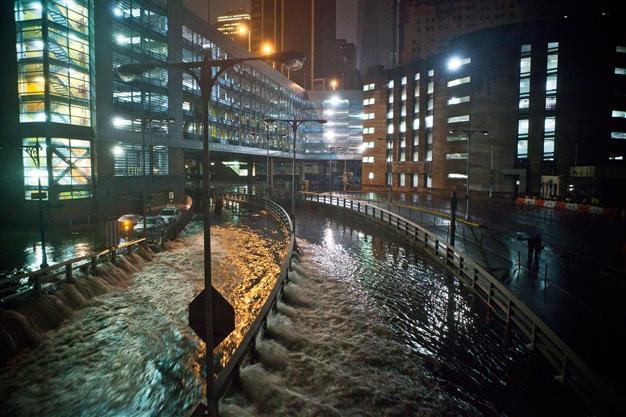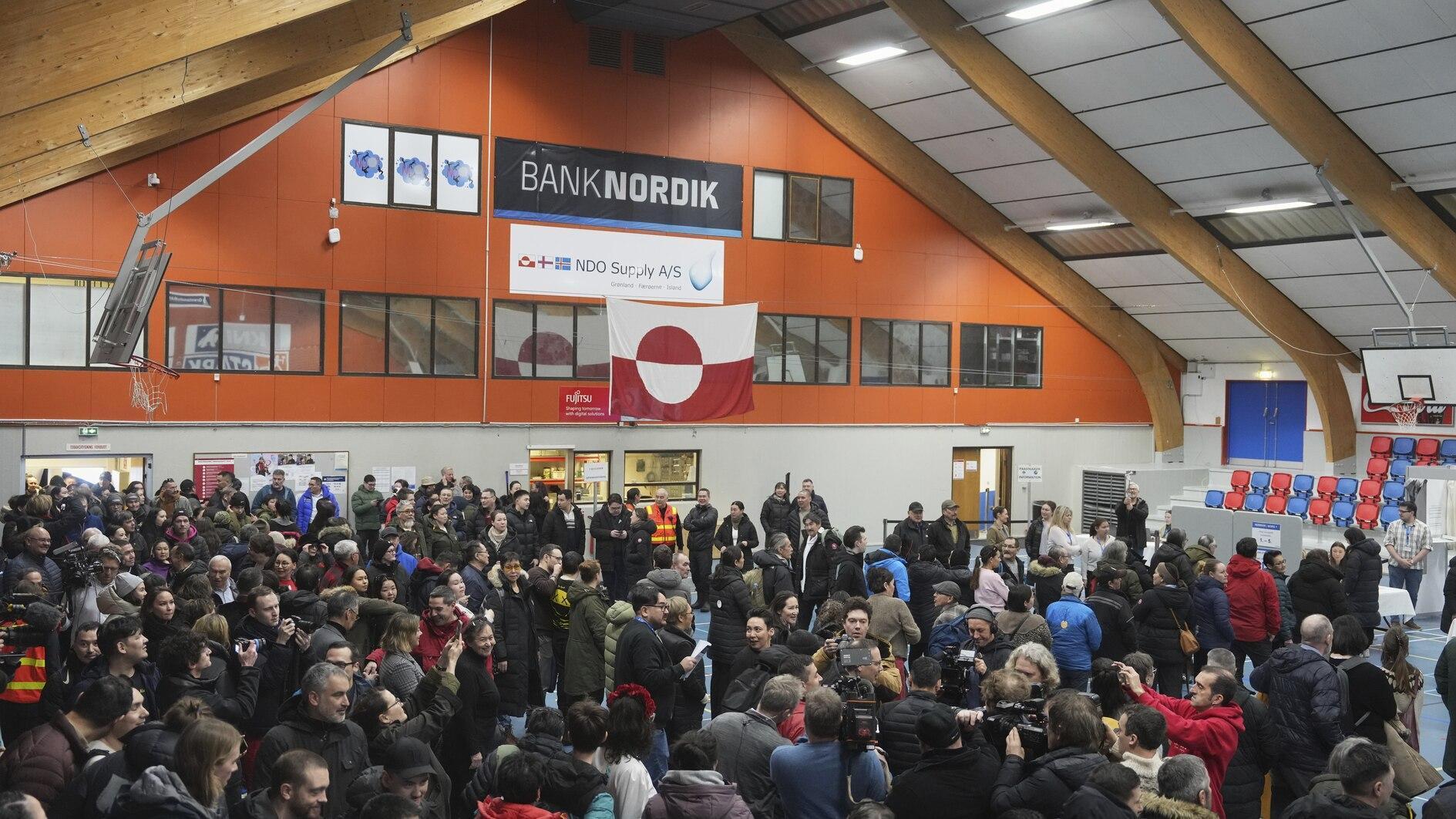At least 10 storm dead in New York: Bloomberg
WASHINGTON - Agence France-Presse

Water rushes into the Carey Tunnel (previously the Brooklyn Battery Tunnel), caused by Hurricane Sandy, October 29, 2012, in the Financial District of New York, United States. AFP photo
At least 10 people were killed when superstorm Sandy hit New York, city mayor Michael Bloomberg said today, AFP reported."Tragically we expect that number to go up," Bloomberg warned at a press conference. Authorities had previously said there was one fatality from the storm which hit Monday night.
Obama declares 'major disaster' after storm
US President Barack Obama declared that megastorm Sandy had triggered "major disaster" in the states of New York and New Jersey and freed up federal aid for those who lost homes or businesses, AFP reported.
The declaration came after the massive storm battered the US East Coast, flooding lower Manhattan and coastal New Jersey and leaving millions of people across the densely populated eastern seaboard without power.
At least 12 people were killed in several states by falling trees and other storm hazards, with the toll likely to rise as rescue teams survey the damage.
The disaster declaration makes federal funding available for individuals, including grants and loans for temporary housing and home repairs.
Obama spent Monday at the White House overseeing the response to the disaster, taking a day off from the campaign trail a week before the November 6 presidential election.
His Republican rival Mitt Romney also canceled some campaign appearances in response to the storm.
New York plunged into fearful darkness
The fury of "Frankenstorm" plunged New York into fearful darkness, leaving the Wall Street financial district and lower Manhattan with no power nor any firm idea when the lights would be turned on.
The streets, many waist deep in floodwater, were eerily quiet under the downpour, with the only sounds distant sirens and the only light cast by candles in apartment windows and the blue and red flashes of police cars.
"It's kind of scary. There is no light in the street, no people in the street," said Ilona, a 22-year-old student from Russia, as she looked out over the murky water.
From time to time an acrid smell of burning drifted by, as short circuits in the electrical grid sparked distant fires.
Even the traffic lights were out. Special generator trucks were ordered in, and authorities reopened the George Washington bridge so some could be driven in from neighboring New Jersey.
But when would the people be able to move again? Seven subway lines and six bus stations were submerged in seawater, in what network bosses said was the worst disaster in city transport history.
"We have been sent to provide power for buildings and answer the 911 emergency calls," the driver of one generator truck said.
Desperate owners sought to check on businesses, apartments and cars.
Olatz Schnabel, the former companion of the artist Julian Schnabel, rushed with her two sons to check whether her decoration shop had been flooded.
"The water did not get that far. We managed to get everything out of the cellar," she said.
But there was devastation, as floodwater poured into the city from the East River, inundating road tunnels and subway stations and threatening several days of transport chaos.
On the West Side Highway, the Goldman Sachs bank was one of the few buildings still lit up, the streets and sidewalks below flooded with water.
At the 148th Street station in Harlem, a thick layer of garbage floated on the filthy water that covered the platforms. Workers stared forlornly at the devastation, hardly knowing where to start the cleanup.
"It's disgusting, and it always seems to happen here," said Ryan Gambill as he waited at the entrance.
Without power, news was scarce, and the final death toll was impossible to guess. One New Yorker was confirmed dead, crushed by a falling tree in the borough of Queens, but many more may have been trapped, or worse.
Rescue operations were launched on Staten Island, at Rockaway Beach and Coney Island, seafront districts where many residents had ignored pleas to move to safety, and where some houses were said to be flooded almost to their roofs.
Waves from the storm tore up the wooden beach boardwalk at Coney Island and nearby Brighton Beach, weekend resorts for New York's working class. Cars floated in the water at Long Beach.
Police appealed for boats to conduct rescue missions in Staten Island and at Coney Island in Brooklyn.
"I am seriously concerned for people's lives," said Vincent Ignizio, a New York City councilman from Staten Island.

















